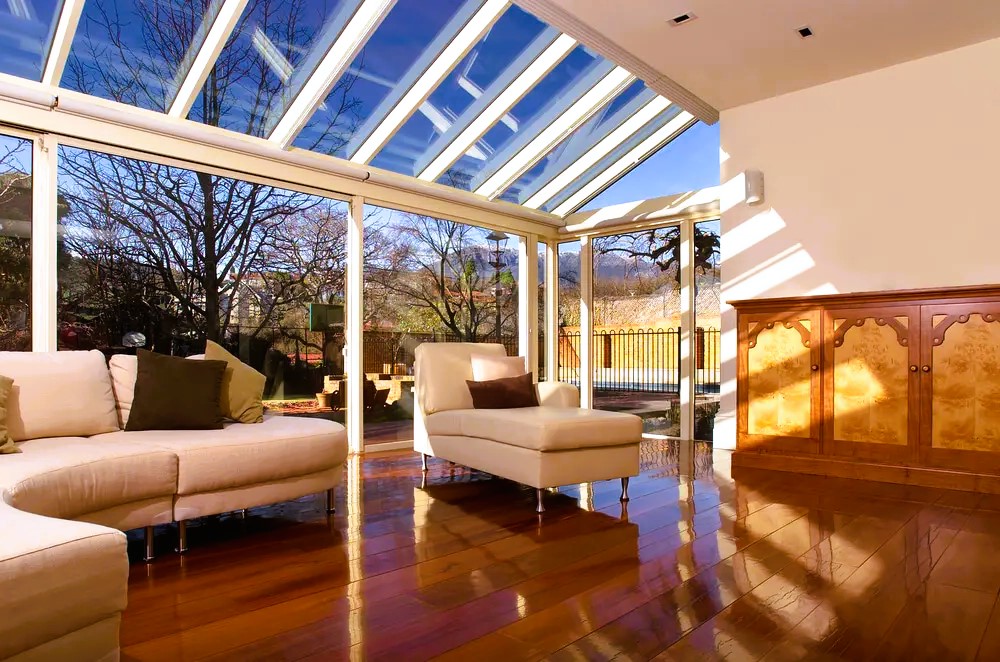Windows and Natural Light: Enhancing Well-Being in Your Home
Windows are often regarded as more than just openings in a wall; they are a gateway to the outdoors, a source of ventilation, and a conduit for natural light. The impact of windows on the well-being of occupants is profound, influencing mood, productivity, and overall comfort. In this article, we’ll delve into the importance of windows and natural light in homes, exploring how thoughtful design and quality windows contribute to a healthier and more enjoyable living environment.
1. The Influence of Natural Light on Well-Being
a. Mood Enhancement:
Natural light has a direct effect on our mood and mental well-being. Exposure to sunlight stimulates the production of serotonin, a neurotransmitter associated with feelings of happiness and relaxation. Well-lit spaces contribute to a positive atmosphere, making rooms feel inviting and uplifting.
b. Regulation of Circadian Rhythms:
Exposure to natural light, especially in the morning, helps regulate circadian rhythms—the body’s internal clock. A well-regulated circadian rhythm is crucial for maintaining healthy sleep patterns, improving alertness during the day, and supporting overall physical and mental health.
c. Increased Productivity:
Natural light has been linked to increased productivity and focus. In workspaces and home offices, ample daylight can reduce eye strain, boost concentration, and create a more conducive environment for tasks that require attention to detail.
d. Visual Comfort:
Natural light provides balanced illumination, reducing glare and creating a visually comfortable setting. Rooms flooded with daylight are more visually appealing and can positively impact the perception of interior colors, textures, and furnishings.
2. Strategic Window Placement

a. Orientation and Sunlight Exposure:
The orientation of windows plays a crucial role in harnessing natural light. South-facing windows receive the most sunlight throughout the day, making them ideal for spaces where abundant light is desired. East-facing windows provide morning light, while west-facing windows capture the afternoon sun. Thoughtful placement considers the specific needs of each room. Do you like the article? We recommend that you check out DIY Plumbing.
b. Large and Well-Positioned Windows:
Increasing the size of windows and placing them strategically enhances the penetration of natural light. Floor-to-ceiling windows, bay windows, and skylights are effective in maximizing daylight intake, creating a brighter and more spacious feel within a home.
c. Consideration of Obstructions:
When designing window placement, consider potential obstructions such as neighboring buildings, trees, or landscape features. Minimizing obstacles allows for unobstructed sunlight to enter, contributing to a more open and inviting interior.
3. Choosing Quality Windows for Optimal Light
a. Energy-Efficient Glazing:
Quality windows with energy-efficient glazing can control the amount of heat and light entering a space. Low-emissivity (low-E) coatings on glass help manage solar heat gain while still allowing natural light to filter through, striking a balance between illumination and thermal comfort.
b. Operable Windows for Ventilation:
Windows that can be opened contribute not only to natural light but also to effective ventilation. Fresh air circulation is essential for indoor air quality, and operable windows facilitate the exchange of stale air for fresh, outdoor air.
c. UV Protection:
UV radiation from sunlight can cause fading and damage to interior furnishings. Quality windows often come with built-in UV protection to safeguard furniture, flooring, and artwork, ensuring that natural light can be enjoyed without compromising the longevity of interior elements.
4. Window Styles and Aesthetic Considerations
a. Aesthetic Integration:
The aesthetic appeal of windows contributes to the overall design of a home. Consider window styles that complement the architectural style and interior decor. Well-designed windows enhance the visual appeal of both the interior and exterior of a home.
b. Specialty Windows for Design Impact:
Specialty windows, such as picture windows, bow windows, or custom shapes, can be used to create focal points and architectural interest. These windows not only bring in natural light but also serve as design elements that elevate the character of a space.
5. Energy Efficiency and Sustainable Design

a. Energy-Efficient Window Frames:
The frame material of windows also impacts energy efficiency. Quality materials such as vinyl, fiberglass, or aluminum with thermal breaks contribute to better insulation and reduced heat transfer.
b. Sustainable Window Design:
Sustainable design principles extend to windows. Investing in windows with high energy efficiency ratings, recycled materials, and longevity aligns with environmentally conscious practices, contributing to the overall sustainability of a home.
Conclusion
Windows and natural light are integral elements in creating a home environment that promotes well-being and comfort. Thoughtful window design, strategic placement, and the selection of quality windows contribute to the physical and psychological health of occupants. As we embrace the positive effects of natural light, we not only enhance our living spaces but also foster a connection with the external environment.
For more information on windows, natural light, and sustainable design, visit Wikipedia. Stay informed about the latest trends and standards in window design to ensure that your home benefits from optimal natural light and well-designed windows. Whether you are building a new home or considering renovations, the integration of windows and natural light is a key element in creating a harmonious and health-focused living space.

